Stretching Alone Can Change P1 Bone Shape in Patients with Camptodactyly
Filed under Reviews
Woo Hong, S. Kim, J., Sang Kwon, O., Ho Lee, M., Sik Gong, H., Hyun Baek, G., (2019). Radiographic Remodeling of the Proximal Phalangeal Head Using a Stretching Exercise in Patients With Camptodactyly. J Hand Surg Am, 1.e1-1.e10
The Skinny – Camptodactyly is a congenital, nontraumatic flexion contracture of the PIP in fingers other than the thumb. Type 1 Camptodactyly ( Isolated anomaly in children <36 months) also includes volarly angulated and beak-shaped flat proximal phalangeal head. This study investigated the impact of a stretching-only camptodactyly treatment plan on restoration of Proximal Phalangeal head angulation as well as joint contracture.
In The Weeds – In a retrospective cohort study using radiographic series, 48 digits in 20 patients <36 months with >12 months of follow up were studies. 2 indexes were created to measure Head Angle (HA) and Head Triangle Ratio, or head shape (HTR).
Camptodactyly Stretches: Parents conducted a minimum of 20 sessions/day of a minimum of 5 minutes/session on affected fingers. Wrist and MCP were held in extension to increase FDS and FDP tension while force was applied to DIP joint flexion crease. This was done for 12 months.
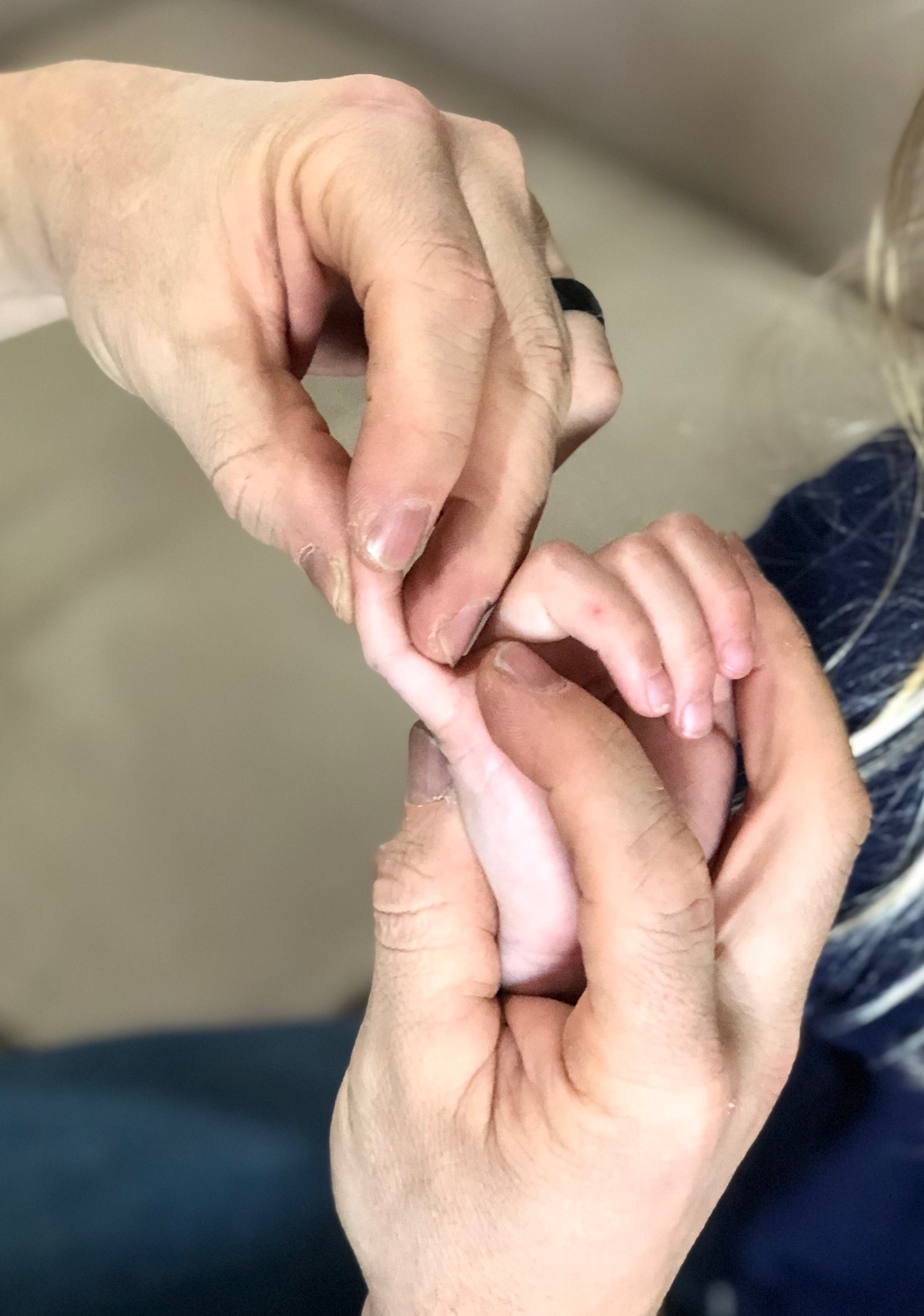
Results: “roundness and concentricity of the proximal phalangeal head was restored in all cases” with statistical significance. Flexion contracture of the PIP decreased from 34 degrees ± 13 to 6 degrees ±7.
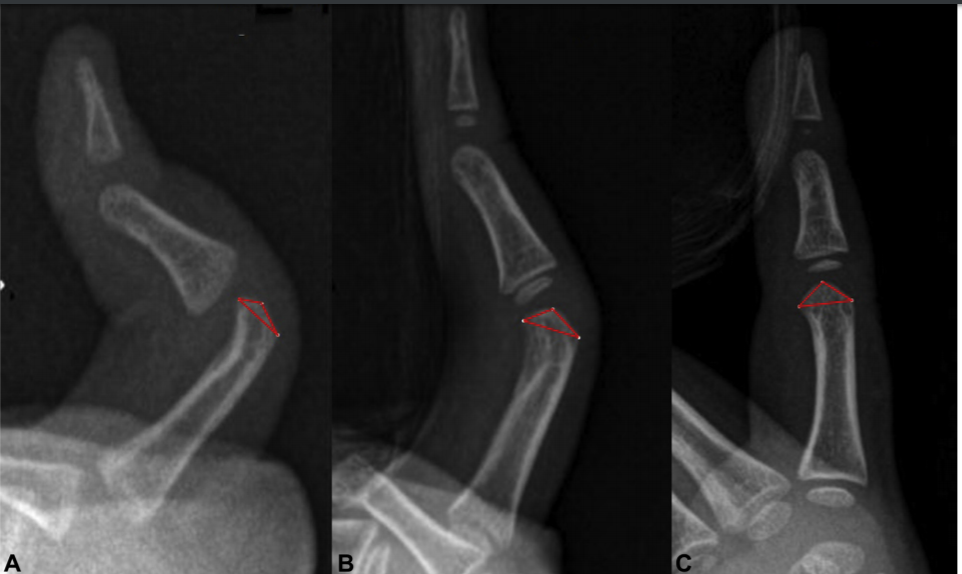
Bring it Home – Radiographic imaging indicates that stretching alone can restore the shape and angulation of the proximal phalangeal head and decrease flexion contracture. There was no correlation between contracture angle and boney shape throughout the study. This study had significant intra and inter-rater reliability for HA and HTR measures and control group illustrated that bone growth alone did not account for change in these parameters.
While other types (i.e. ages) of camptodactyly need to be studied, this study supports the strong value in stretching exercises for this diagnosis (camptodactyly exercises). Younger patients are particularly more receptive due to soft tissues being more extensile and the joint is more flexible. While the stretching protocol in this study is extensive, and may not be maintainable by many families, this approach is highly effective in achieving results non-surgically.
2 Comments
Leave a Comment
More To Read
Carpal Tunnel Treatment: Splinting Only vs Splinting & Conservative Treatment
Short-term clinical outcome of orthosis alone vs combination of orthosis, nerve, and tendon gliding exercises and ultrasound therapy for treatment of carpal tunnel syndrome. Sim, Sze En et al. Journal of Hand Therapy, Volume 32, Issue 4, 411 – 416 The Skinny- Carpal tunnel syndrome (CTS) is the most common compression neuropathy. Compression of the…
Read MoreWound Healing Complications in Diabetic Patients who have undergone a Carpal Tunnel or Trigger Finger Release
By: Amalia Garcia Gundlach, B. K., Robbins, C. B., Lawton, J. N., & Lien, J. R. (2021). Wound Healing Complications in Diabetic Patients Undergoing Carpal Tunnel and Trigger Finger Releases: A Retrospective Cohort Study. The Journal of Hand Surgery, S0363502321003014. https://doi.org/10.1016/j.jhsa.2021.05.009 The Skinny – carpal tunnel and diabetes In general, individuals with diabetes are more…
Read MoreSplinting and Stretch Protocol for Pediatric Trigger Thumb
Tan, A. C., Lam, K. S., & Lee, E. H. (2002). The Treatment Outcome of Trigger Thumb in Children. Journal of Pediatric Orthopaedics B, 11(3), 256-259. The Skinny:Pediatric trigger thumb is a “relatively uncommon” condition of unknown origins. Studies have indicated that spontaneous recovery of trigger thumb is around 25-40%, and chances increase with age.…
Read MoreWrist Proprioception Ideas for Hand Therapy
Wrist Proprioception Intervention Ideas: By Ammie Ingwaldson Lack of wrist proprioception exercises can affect clients in the hand therapy setting with neurological and musculoskeletal conditions. Proprioception limitations are found in common conditions such as carpal tunnel syndrome, distal radius fracture, and CRPS (Valdes, Naughton & Algar, 2014). Proprioception is necessary during daily tasks to provide…
Read MoreSign-up to Get Updates Straight to Your Inbox!
Sign up with us and we will send you regular blog posts on everything hand therapy, notices every time we upload new videos and tutorials, along with handout, protocols, and other useful information.


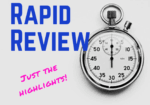
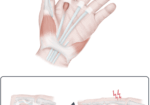
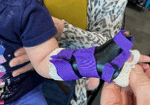
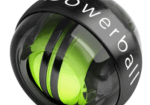

Is it possible for me to obtain a copy of the full article?
We can’t distribute the article itself, but the reference is provided so you can still find it. If you have a connection at a local university they may be able to pull it for you. Or Google Scholar will often have articles available in full print for viewing.